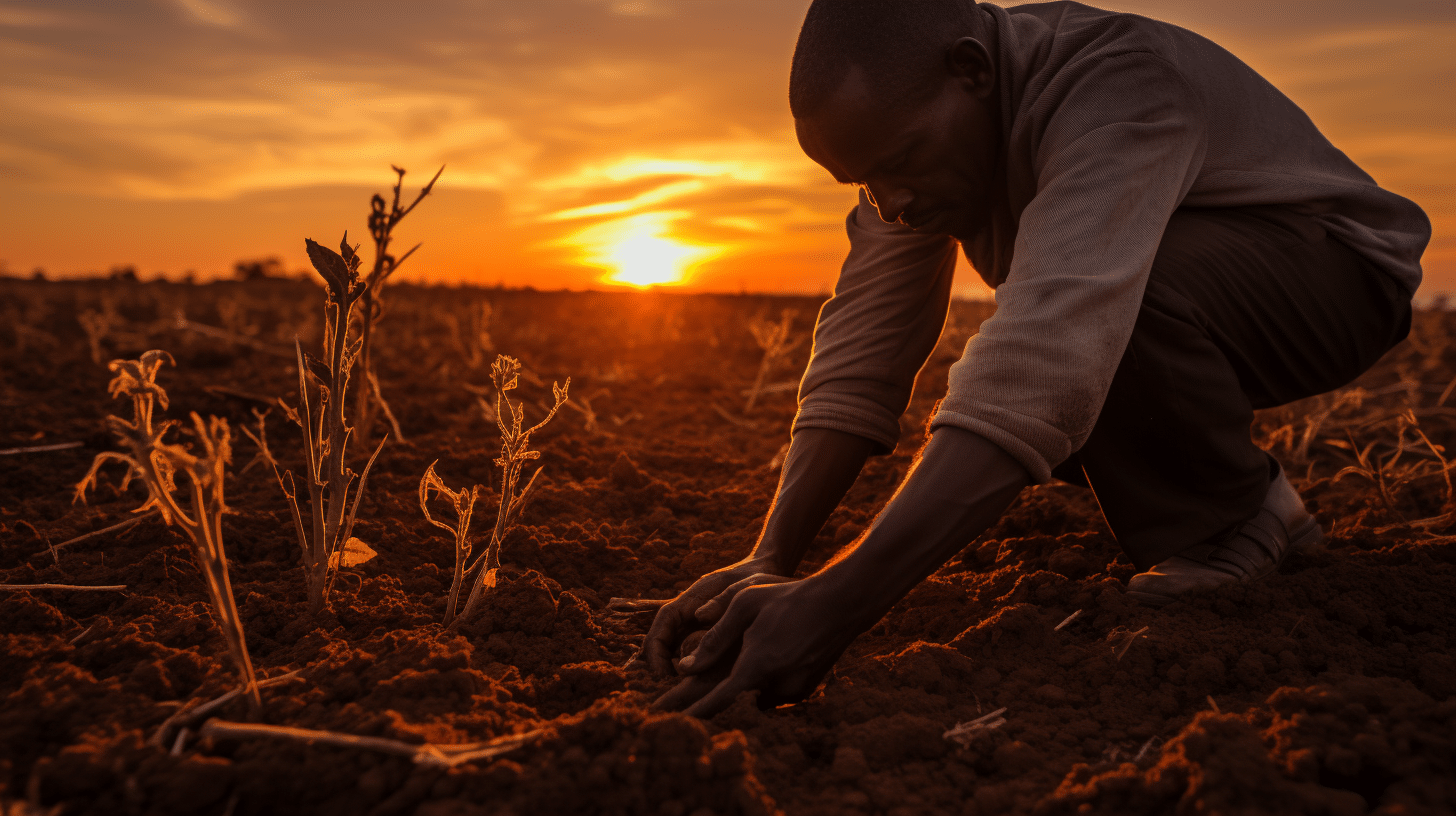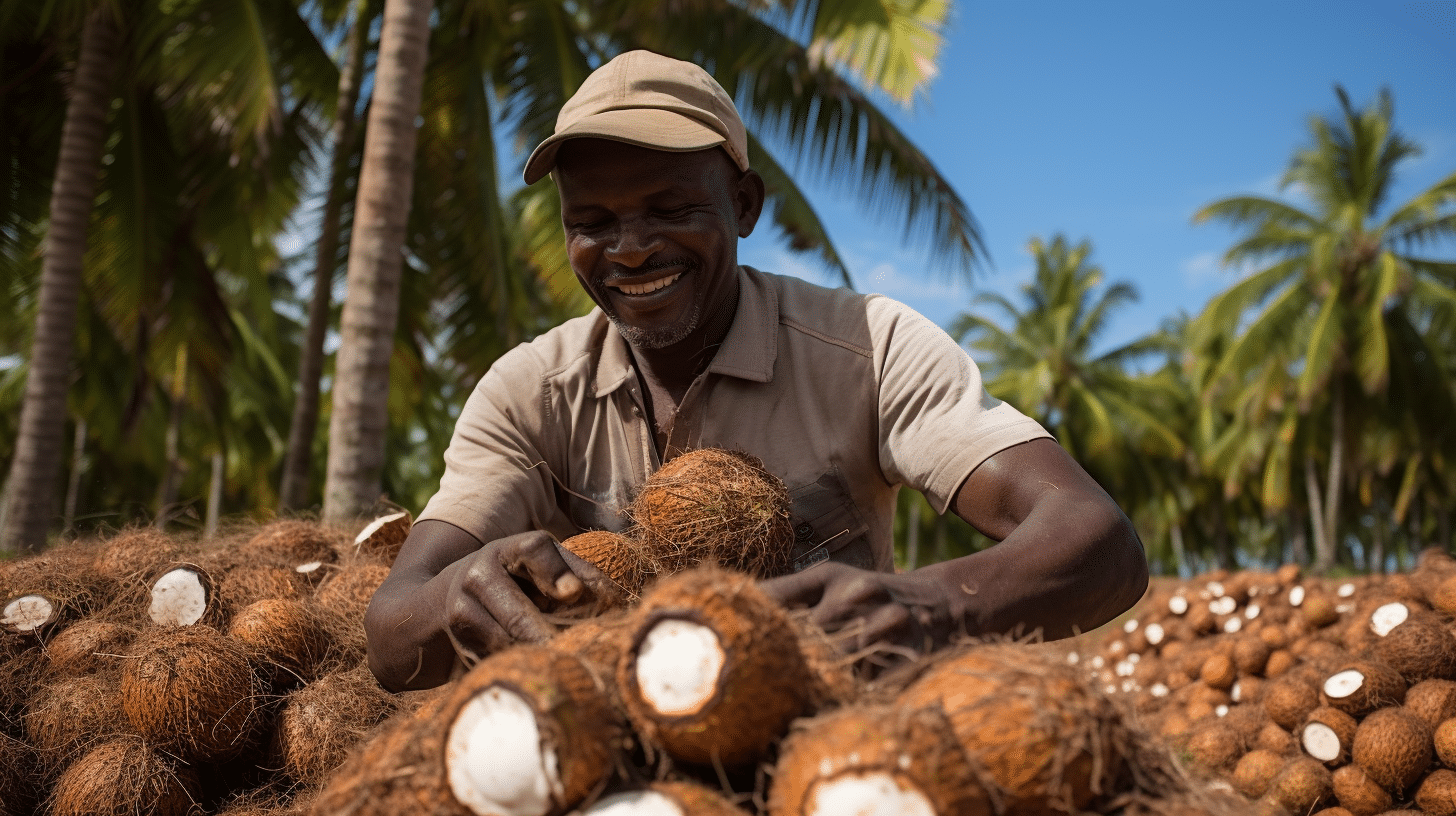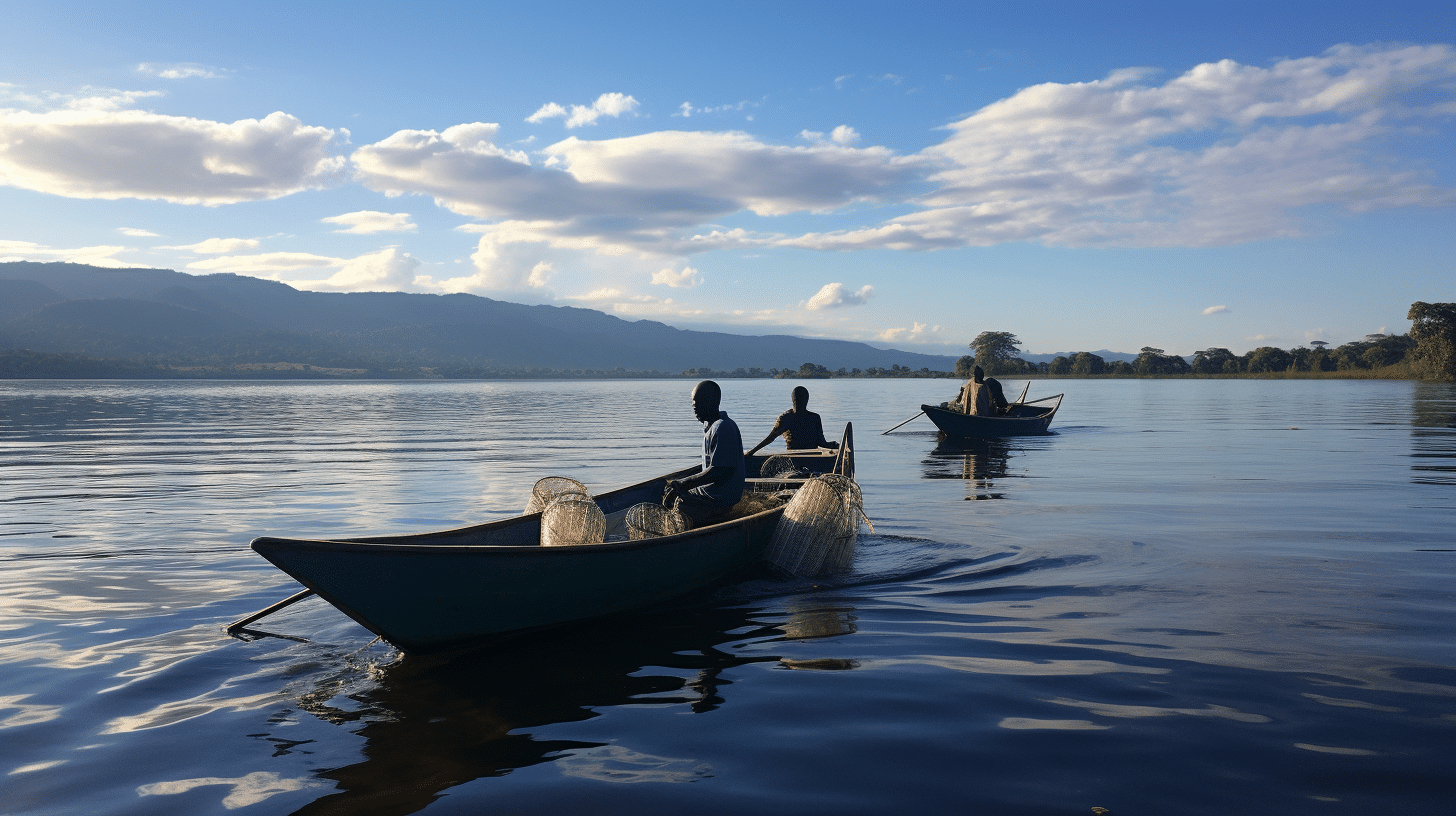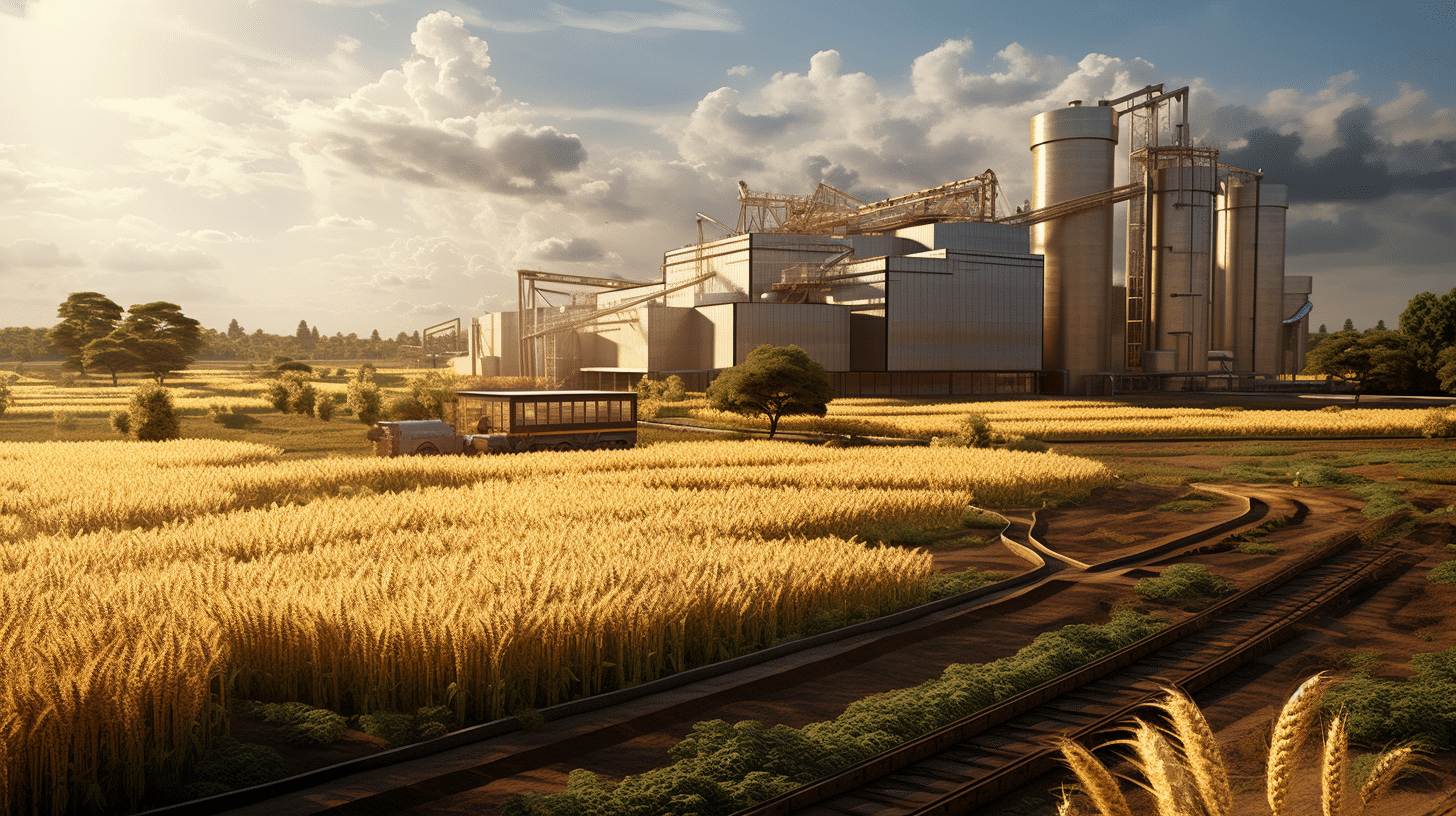Chicken farming is the process of domesticating chicken and providing them with the basics and later using them as a source of meat and eggs. To raise chicken for the purpose of meat you require broiler breed and for eggs you need layers breed. The project starts as a vision and you should have the desire to do it. If you have no doubts that you really want to start a chicken farming project then formulate a plan, write down your goals and missions of starting the project, come up with ways on how you want to operate your business, this should answer the questions of how, where and when.
You should have the land the capital and all the equipments needed for this project; it will be difficult for you to start if you don’t have the necessities of beginning it. The land will be used for putting the structures on and also for planting the food the chicken; the equipments facilitate the feeding and cleaning the structures. Decide on how best you will raise your chicken, there are two methods of raising them, you can choose conventional where the chicken is confined in a building and the appropriate care given, the other one is free range where the chicken is left to search food in the garden for themselves.
Decide on the sector you want to work on, there are two sectors in chicken farming; rearing chicken for meat, eggs or even both. You can decide that the eggs will be the final product for the market or you can decide to incubate them and sell the chicks. You can also choose to slaughter the chicken and sell ready meat or sale the live chicken for meat. It is good to be unique after identifying the market niche, for example if many farmers in your area are doing conventional do free ranging for local breed.
Tell the people about your project, get a market for your eggs or meat through a word of mouth, marketing by mouth is cheap otherwise you can choose to market using internet or newspaper. Always keep records of your project. The amount you used in starting the project, all the purchases and costs and all the income. This will help you know what you need and for checking progress. Follow the law in raising your project, both local and state law.
One of the benefits of this project is that the chicken poop is rich in nitrogen, the poop can be compost with organic matter like leaves, for free ranging sector the chicken will clean up all the edible insects in your garden, chicken is a lovely pet which has more benefits than other pets. The space required is small and maintenance costs are low. It is a wonderful project which does not require a lot of expertise so very minimal academic requirement and any one with the desire and ability to do it can do it. The project will give you a lot of money, the project is sustaining many families worldwide and others even becoming millionaires out of it.










